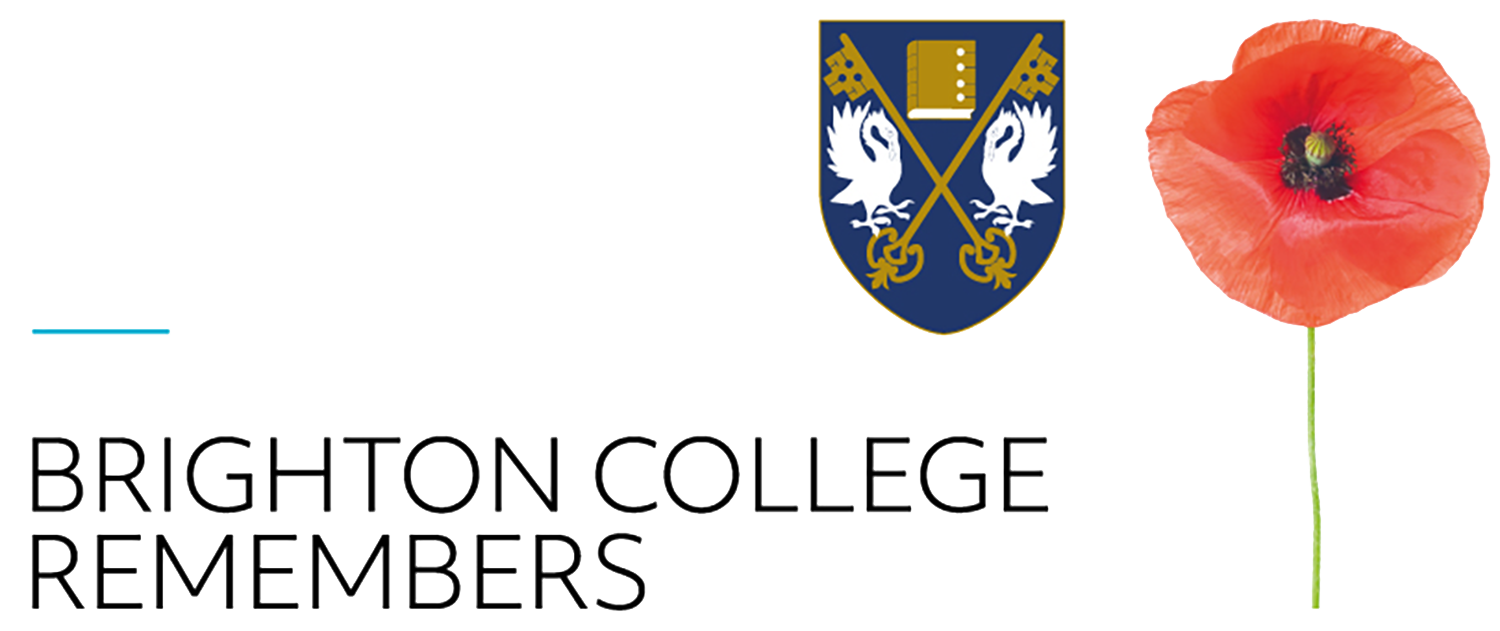Major, Royal Fusiliers, acting Lieutenant Colonel attached West Yorkshire Regiment
Born: January 29th 1875
Died: July 1st 1916
Age at Death: 41
Killed in action, Somme, France, July 1st 1916
A donation to the memorial statue has been made in honour of this soldier by Robert Hannington (Sc. 1968-73).
Major George Sutherland Guyon
George Sutherland Guyon was born in Hastings, Sussex on 29th January 1875 the son of Major-General Gardiner Guyon and his wife Mary (nee Sutherland). Between 1891 and 1897 when he received his commission there are few details although clearly Guyon must have received some officer training, probably at the RMC Sandhurst, before joining the Royal Fusiliers as a Second Lieutenant in the Royal Fusiliers in 1897. In 1900/1901 he served with the 2nd Battalion Royal Fusiliers in the Boer War, seeing action at Ruidam and was promoted to Captain in 1901. After the conclusion of the Boer War he continued to serve in the Royal Fusiliers particularly in India, achieving the rank of Major in 1912. In preparation for his promotion he undertook a staff officer’s course at the Staff College, Camberley during which he met his future wife Winifred (nee Ryan). They were married and returned to India shortly afterwards, where the first of their two sons, John, was born in 1910.
In 1915 Major Guyon was CO 2nd Battalion, Roya Fusiliers when they landed at X Beach Cape Helles,[1] Gallipoli in the course of which Guyon received a gunshot wound to the head. The circumstances of this wound are unclear but he evidently made a full recovery because after an absence of two months Guyon returned to his battalion as CO once again on 16th July 1915. George Pierie, the battalion MO makes several mentions of Guyon in his diary[2] which indicate that he had both the degree of sang-froid requited of a battlefield commander and a very good sense of humour, apparently he referred to the flimsy barricade that protected their positions as the “rabbit hutch”.
Following the evacuation of Gallipoli, after spending a short period with his family in England, he was promoted to acting Lieutenant-Colonel and given command of one of the famous “Pals” battalions, which formed part of Kitchener’s New Army- the 16th Battalion West Yorkshire Regiment (“1st Bradford Pals”). The Battalion was part of 31st division, which was composed entirely of Pals’ battalions, and was given the objective of capturing the village of Serre in the opening attack of the Somme Offensive, 1st July 1916. Five minutes before “Zero Hour” at 7.25 the battalion, including Guyon began to form in the communication trenches in preparation to ‘over the top’. However, even before the assault had actually begun German machine guns began to rake the trenches and Guyon was killed by another bullet to the head. He was instantly rendered unconscious by the wound and, although bandaged up by a Lieutenant Laxton, died of his wounds shortly afterwards. Despite losing their commanding officer Laxton and others pressed on with the attack: the battalion as a whole lost many men that day without capturing any of its objectives.
During the course of the battle the area where Guyon fell was subject to repeated artillery bombardment with the result that Guyon’s body was never seen again. He is commemorated, under his temporary rank of Lieutenant-Colonel, on Face 9a of the Thiepval Memorial. Thiepval, France. However perhaps the best memorial are those in George Pierie’s diary dated 12th July 1916 on learning of Guyon’s death:
‘He Was my O.C. at Gallipoli and a nicer man never lived’.
[1] A sheaf of letters written by Guyon from the troopship SS Alaunia are in the Imperial War Museum’s Collection.
[2] Lucas, Michael, Frontline Medic - Gallipoli, Somme, Ypres: The Diary of Captain George Pirie, R.A.M.C., 1914-17, London, 2014.
Source: LEST WE FORGET, Brighton College 2014/15

